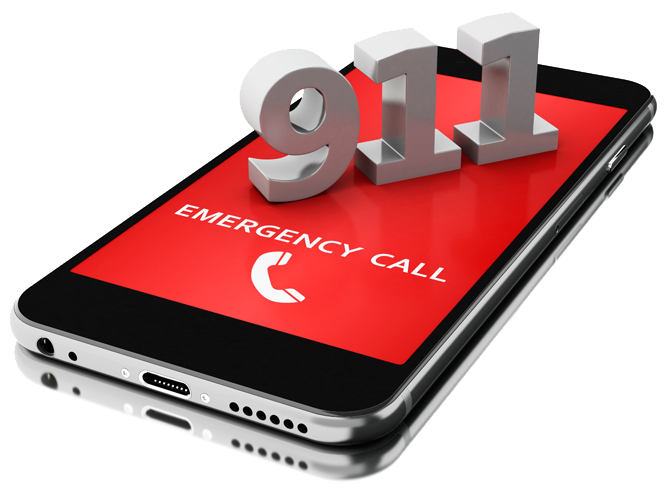
CAPCOG To Test – Text to 9-1-1
AUSTIN, TEXAS – Central Texas 9-1-1 call centers will start testing Text to 9-1-1 emergency communications systems in Hays, Travis and Williamson counties in March. The Capital Area Council of Governments (CAPCOG) anticipates Text to 9-1-1 to be available across the ten-county region by late May.
As tests continue, it is important for residents to avoid texting 9-1-1 as messages may or may not connect to a 9-1-1 call taker. If a resident has an emergency, they should call 9-1-1.
Text to 9-1-1 is the ability to send a text message from a cellphone to a local 9-1-1 call center. CAPCOG is conducting Text to 9-1-1 system tests in three phases with individual cellphone carriers.
 Hays, Travis and Williamson counties will be in the first phase, with the San Marcos Police Department beginning the testing. Next, Lee, Bastrop, Caldwell and Fayette counties will test their systems, and Burnet, Blanco and Llano counties will follow.
Hays, Travis and Williamson counties will be in the first phase, with the San Marcos Police Department beginning the testing. Next, Lee, Bastrop, Caldwell and Fayette counties will test their systems, and Burnet, Blanco and Llano counties will follow.
To limit confusion about who can use Text to 9-1-1, CAPCOG will notify the public once the four major cellphone carriers— Verizon Wireless, AT&T Mobility, Sprint, and T-Mobile — activate the service region wide.
Residents should familiarize themselves with the service before it becomes available. Texting 9-1-1 is only recommended when calling 9-1-1 is unsafe or not possible. That is why the slogan is “Call if you can, text if you can’t.” The service is especially beneficial to those who are hard of hearing, deaf, or speech-impaired.
Other examples of when Text to 9-1-1 would be beneficial include:
- The caller cannot speak due to a threat, illness or medical condition.
- The caller has poor reception and can only send out a text message.
- Phone lines and cellphone towers are overwhelmed and only texts can get through.
Cellphone service providers only offer text messaging as a “best effort service” meaning they cannot guarantee a message will be or ever was delivered. Text messages also can take longer to receive or can be delivered out of order.
The only way to know a text reached a 9-1-1 call center is when the center texts back. If the sender thinks a text was not received, he or she should call 9-1-1.
Text to 9-1-1 will only be available in English. However, 9-1-1 voice calls can be processed in multiple languages because all CAPCOG 9-1-1 call centers provide emergency interpretive services.
Text to 9-1-1 does not work if the sender texts using group messages, emojis, pictures or videos. Apps that text other app users (such as WhatsApp) or texting via social media (such as Facebook Messenger) do not support Text to 9-1-1.
Here are some things to remember about how to text to 9-1-1 when it becomes available:
- Enter the numbers “911” in the “To” field.
- The first text message should be brief and contain the location of the emergency and type of help needed.
- Push the send button.
- Be prepared to answer questions and follow instructions from the 9-1-1 call taker.
- Text in English and in simple words – do not use abbreviations.
- Keep text messages brief and concise.
- Once you have initiated a Text to 9-1-1 conversation, do not turn off your phone until the dispatcher tells you it is ok to do so.
A full Q&A about the services is available at www.capcog.org/text911.
CAPCOG, governed by elected officials from the 10-county region it serves, has worked for more than 46 years as an advocate, planner and coordinator on important regional issues. Programs and services related to public safety and emergency response, environmental planning, economic and community development and the elderly are delivered at a regional level to leverage funding, maximize cooperation and eliminate duplication. CAPCOG serves Bastrop, Blanco, Burnet, Caldwell, Fayette, Hays, Lee, Llano, Travis and Williamson counties.






